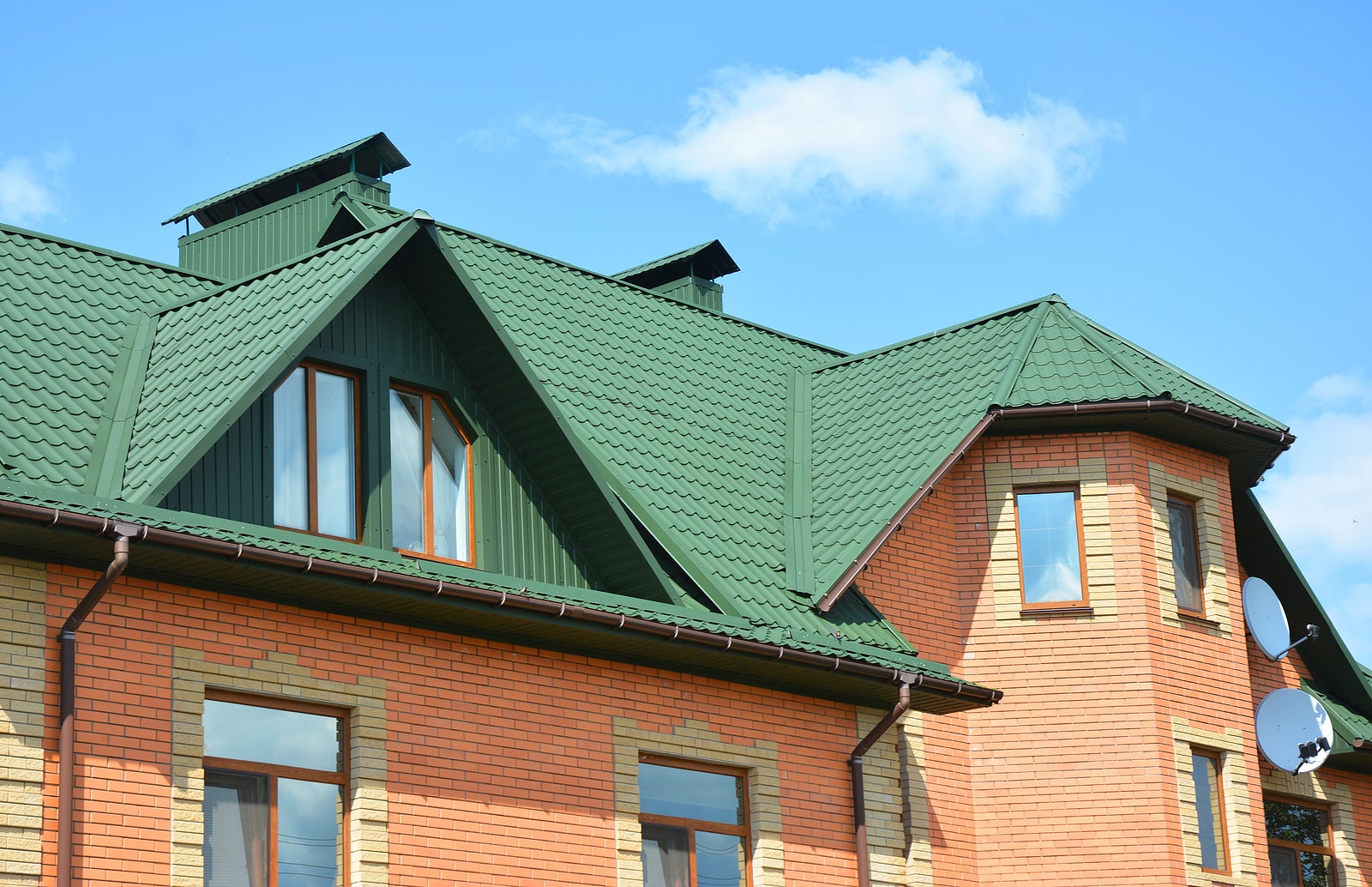ATTIC RAIN
“Attic Rain” is the forming of condensation in the attic due to a leak somewhere in the air/vapor retarder. In winter, the warm moist air from the inside of the home escapes into the attic, which is a cold space (generally should be the same as outside). This will lead to accumulation of ice or frost.
This becomes problematic in Calgary when a chinook occurs, the extreme change in temperature causes the accumulation to defrost quicker than the attic venting can handle. This sudden increase of a significant amount of moisture leads to water leaks on ceilings. Water will always travel the path of least resistance. Water generally finds its way into openings such as pot lights, light fixtures, drywall seams and bathroom vents.
The cause of this air leakage can sometimes be difficult to locate given that the attic spaces are typically filled with blown-in insulation. The most common areas where this occurs are any disturbances in the vapor barrier, light fixtures, party walls, open wall cavities, bathroom exhaust, dryer vents, and attic hatches.
Signs you may have Attic Rain…
You may notice some spots or a line on your ceiling that is wet, which is caused by this effect.
Why is a vapor retarder so important?
A vapor retarder is an important component in building construction. It is a material that reduces the rate at which water vapor can move through a material. Its purpose is to help prevent water vapor from reaching building walls, ceilings, attics, crawl spaces and roofs. Water can condense and pool resulting in building materials to rot or grow mold.
Locating and eliminating the cause of the air leak is the best preventative measure to eliminate future condensation build up in the attic. It should be noted that it is normal to see a small amount of frost in an attic, especially on the tips of the nail heads.
The Science of Attic Rain…
STACK EFFECT, the illustration below shows the stack effect is a general science principle. As warm air rises it becomes less dense, increases pressure, pushes out and penetrates into the building envelope, therefor causing negative pressure to form in cooler lower levels of a home. The negative pressure this creates causes the outside pressure to attempt to draw itself in.
What do I do to fix/prevent damage from Attic Rain?
- Locating and eliminating the cause of the air leak is the best preventative measure to eliminate future condensation build up in the attic. It should be noted that it is normal to see a small amount of frost in an attic, especially on the tips of the nail heads.
- Regular homeowner maintenance can be done to help prevent this issue. Checking for proper ventilation and adjusting ventilation is key. Checking your attic during seasonal changes (3-4 times annually) to ensure insulation is dry and has not moved around from strong winds. If the insulation is wet you can place a dehumidifier or fan in the area to help dry it out. If the insulation has moved, rake the areas to even them out. Always ensure to close your attic hatch after completing this check.
- Contact a roofing specialist. If all else fails or you prefer to go straight to the experts, this is the best option for getting to the root of your Attic Rain.
The Science of Attic Rain…
STACK EFFECT, the illustration below shows the stack effect is a general science principle. As warm air rises it becomes less dense, increases pressure, pushes out and penetrates into the building envelope, therefor causing negative pressure to form in cooler lower levels of a home. The negative pressure this creates causes the outside pressure to attempt to draw itself in.





